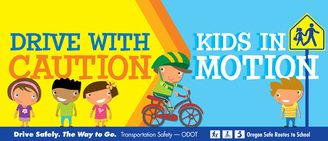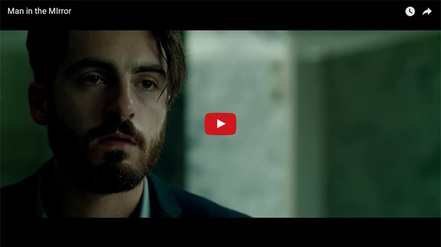2016 in the Rear View Mirror
In 2016, traffic-related fatalities hit a tragic high: 487 lives lost (preliminary data as of 12/26/2016). The Oregon Department of Transportation is aware that with
the growing economy, more people are traveling – and that alone increases the
risk. Add in the prevalence of distractions, warmer weather during recent
spring and summer seasons, and overall population growth, and the result is
more fatalities on our roads. We know one death on our roadways is one too
many.
Altogether, what we need is to get back to the basics:
-
Don’t drive impaired (by anything) – alcohol-related fatal crashes have
gone up the past two years.
-
Buckle up on every trip – the number of unbelted fatalities has
increased.
-
Put away the distractions and focus on driving – running off the road
or lane departure has been the leading cause of single vehicle and head-on
fatal crashes.
-
Get rested so you’re not drowsy when driving.
-
Follow the speed limit, and in bad weather,
reduce your speed.
Walking School Bus
Interested in starting a
walking school bus program at your school? It can help reduce traffic
congestion and air pollution, increase the number of students walking and
bicycling, and manage student transportation costs, all while getting to school
on time! Register for Safe Routes to School National Partnership's free webinar
on January 11 at 10 a.m. to get your program up and running!
Learn more about Safe Routes to School in Oregon.

Keep Your Distance
When drivers tailgate, they
significantly reduce their stopping distance – or the distance needed to come
to a complete and safe stop. With more cars on the road and people in a hurry,
tailgating is a big problem. Maintaining a safe distance from the vehicle in
front of you gives you a better view of the road and other traffic, so you can
anticipate problems and have more time to react. Slow Down. The Way to Go.
Be Seen: Use Headlights in Winter
Driving at night is more difficult because visibility is reduced. However,
low visibility conditions often occur during the day, caused by heavy snowfall,
downpours, thick fog, and blowing dust or smoke. Remember to slow down and disengage
your cruise control. Most crashes occur because the driver is going too fast
for the weather conditions.
Turning on your low-beam headlights during the
daytime in the winter months can help make your vehicle more visible to other
drivers, bicyclists and pedestrians. When natural light is low — at dawn or
dusk or when it’s raining, cloudy, or snowing — you can improve your vehicle’s visibility
significantly by turning on your low-beam headlights. In fact, many newer
vehicles come with daytime running lights so that anytime the vehicle is
operating, the low-beam headlights are on to improve visibility.

Man in the Mirror
You can’t trust yourself
when you drink. Put the keys away and grab a sober friend, call a taxi, or take
public transportation home. Drunk driving is a deadly epidemic that takes the
lives of 10,000 people each year in the U.S., on average. Don't listen to the man in the
mirror. Drive sober. Save lives.

|